MercoPress. South Atlantic News Agency
Tag: Montreal Protocol
-
Thursday, May 29th 2025 - 14:49 UTC
Forty years since the discovery of the ozone hole by a team of BAS scientists

This month, the world will mark the 40th anniversary of a moment that changed the course of history: the publication in Nature of ground-breaking research that presented the discovery of the ozone hole more precisely on 16 May 1985.
-
Thursday, September 15th 2022 - 10:28 UTC
Ozone for life: 35 years of ozone layer protection
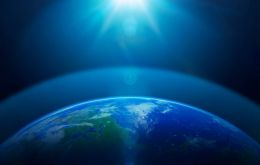
This year, we celebrate 35 years of the Vienna Convention and 35 years of global ozone layer protection. Life on Earth would not be possible without sunlight. But the energy emanating from the sun would be too much for life on Earth to thrive were it not for the ozone layer. This stratospheric layer shields Earth from most of the sun’s harmful ultraviolet radiation. Sunlight makes life possible, but the ozone layer makes life as we know it possible.
-
Thursday, September 16th 2021 - 09:15 UTC
International Day for Protection of the Ozone Layer, 16 September
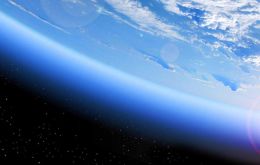
The ozone layer, a fragile shield of gas, protects the Earth from the harmful portion of the rays of the sun, thus helping preserve life on the planet. The phase-out of controlled uses of ozone-depleting substances and the related reductions have not only helped protect the ozone layer for this and future generations but have also contributed significantly to global efforts to address climate change; furthermore, it has protected human health and ecosystems by limiting the harmful ultraviolet radiation from reaching the Earth.
-
Monday, July 9th 2018 - 08:31 UTC
Chinese home insulation blamed for gas emissions damaging the ozone layer
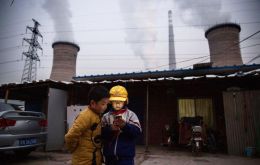
Cut-price Chinese home insulation is being blamed for a massive rise in emissions of a gas, highly damaging to the Earth's protective ozone layer. The Environmental Investigations Agency (EIA) found widespread use of CFC-11 in China, even though the chemical was fully banned back in 2010.
-
Thursday, May 17th 2018 - 08:31 UTC
Someone is cheating with ozone warn scientists: rate of decline has fallen drastically
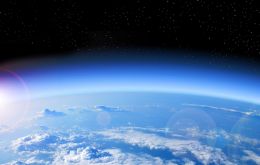
The decline in the atmosphere of an ozone-depleting chemical banned by the Montreal Protocol has recently slowed by half, suggesting a serious violation of the 196-nation treaty, researchers revealed Wednesday.
-
Tuesday, May 14th 2013 - 05:35 UTC
Falklands’ linked scientist who helped identify ozone layer hole has died
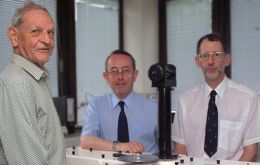
The British Antarctic Survey scientist Joe Farman, who helped identify the “hole” in the ozone layer over the southern pole, has died. Dr Farman who was also a scientific officer at the Falkland Islands Dependency Survey, published the discovery with Brian Gardiner and Jon Shanklin in the Journal Nature in 1985.
-
Friday, February 18th 2011 - 04:17 UTC
Ozone layer future recovery linked to climate change, says reports

A report sponsored by the UN Environment Program finds that over the past decade, global ozone levels, and ozone levels in the Arctic and Antarctic regions are at a turnaround point -- no longer decreasing but not yet increasing.
